
40th Anniversary Zoids Encyclopedia"
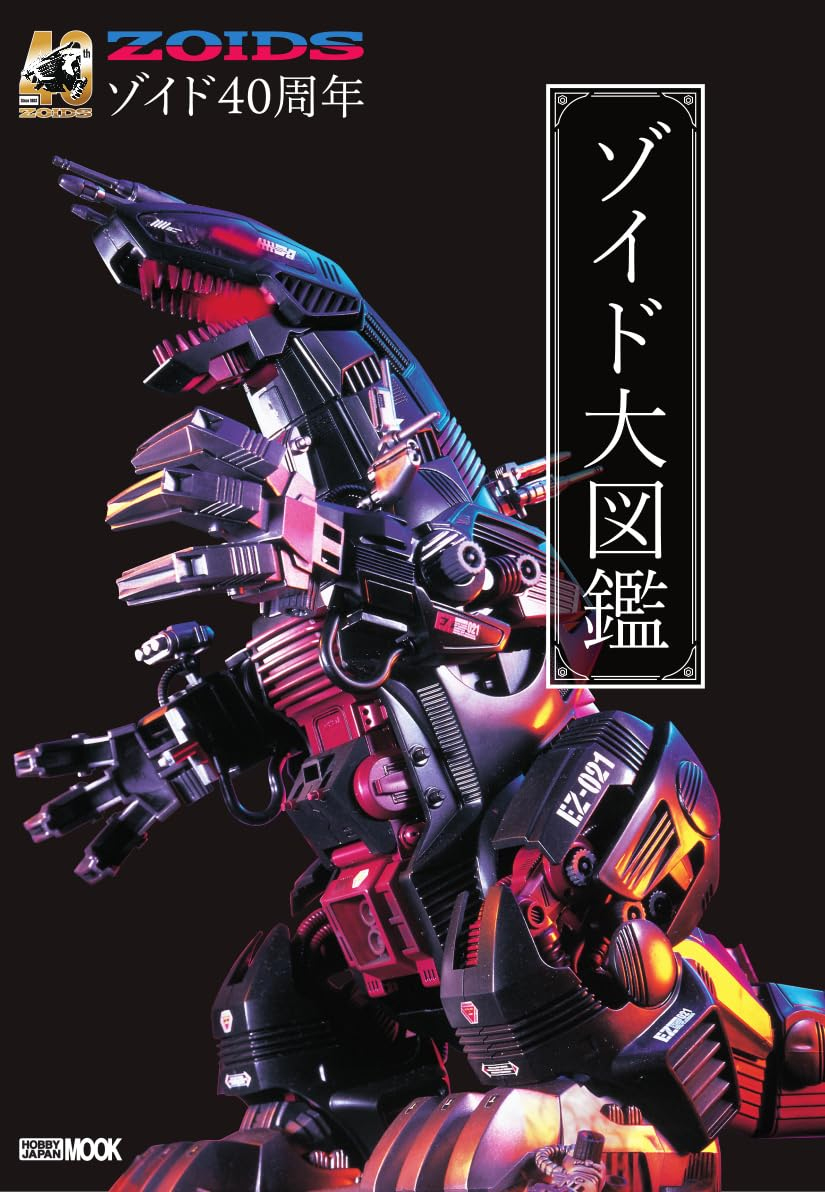
- Overview
Released in March 2024, the 40th Annivesary Zoids Encyclopeda is a collaborative effort between Hobby Japan Magazine and Takara Tomy. This book looks over the domestic (Japanese) kits released over the years, including quite a few standard limits, customize parts, and more. It's a book thats been received as rather controversial due to its limited contents. On this page I'll give my own perspective on what you can expect. Please note, this is a review only, and does not include full book contents.
Index:
005. 1983 ~ 1991
037. 1999 ~ 2002
067. 2002 ~ 2004
087. 2004 ~ 2014
119. 2018 ~ 2024
137. Sketches & Development Drafts
166. Takara Tomy ZOIDS Developer Interview
Contents:
Roughly 126 pages picturing Zoids products released in Japan, with a brief description
Roughly 28 pages containing around 150 pieces of concept art
A 4 page staff interview
BUY ON AMAZON JAPAN
- Personal Opinions
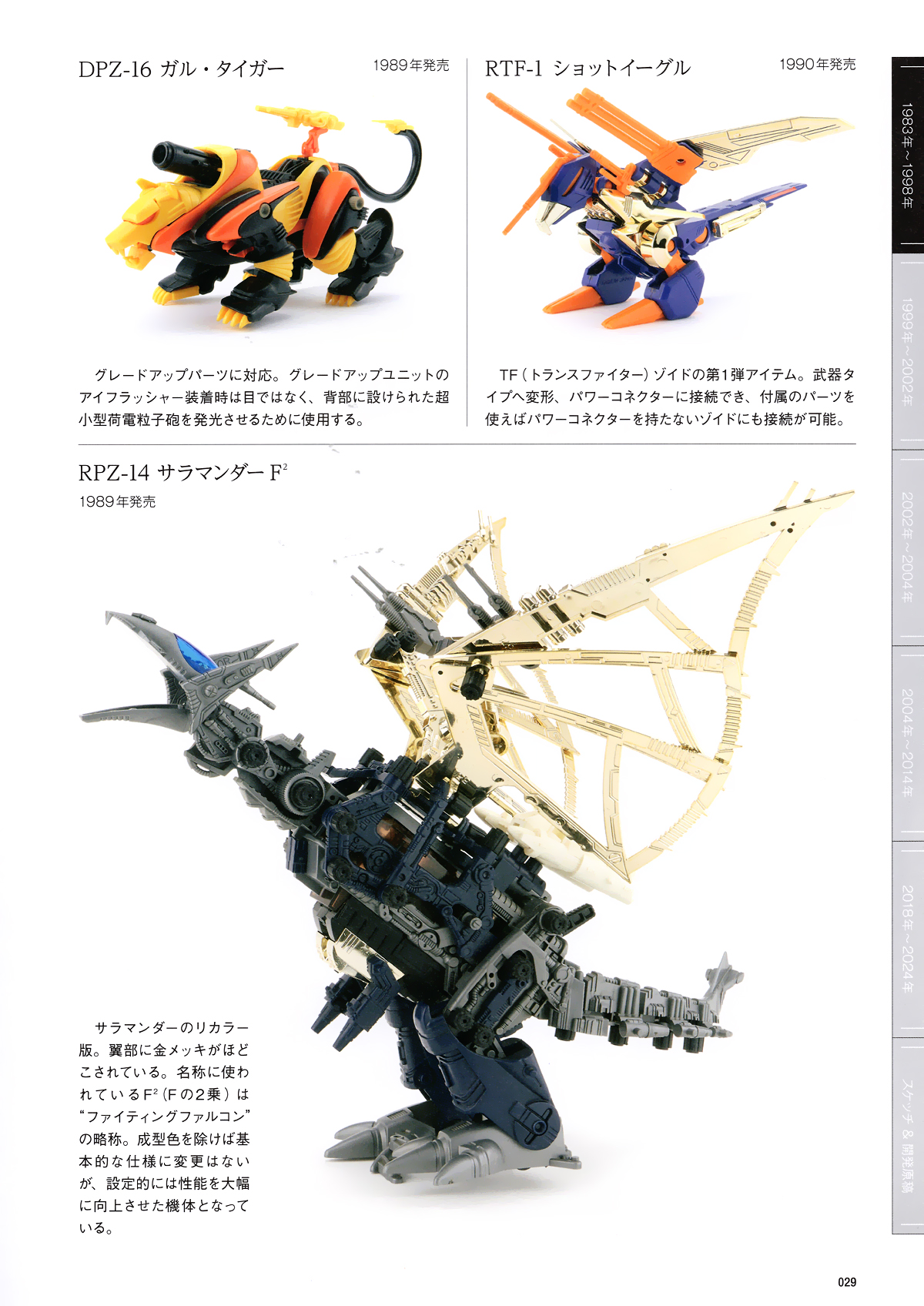
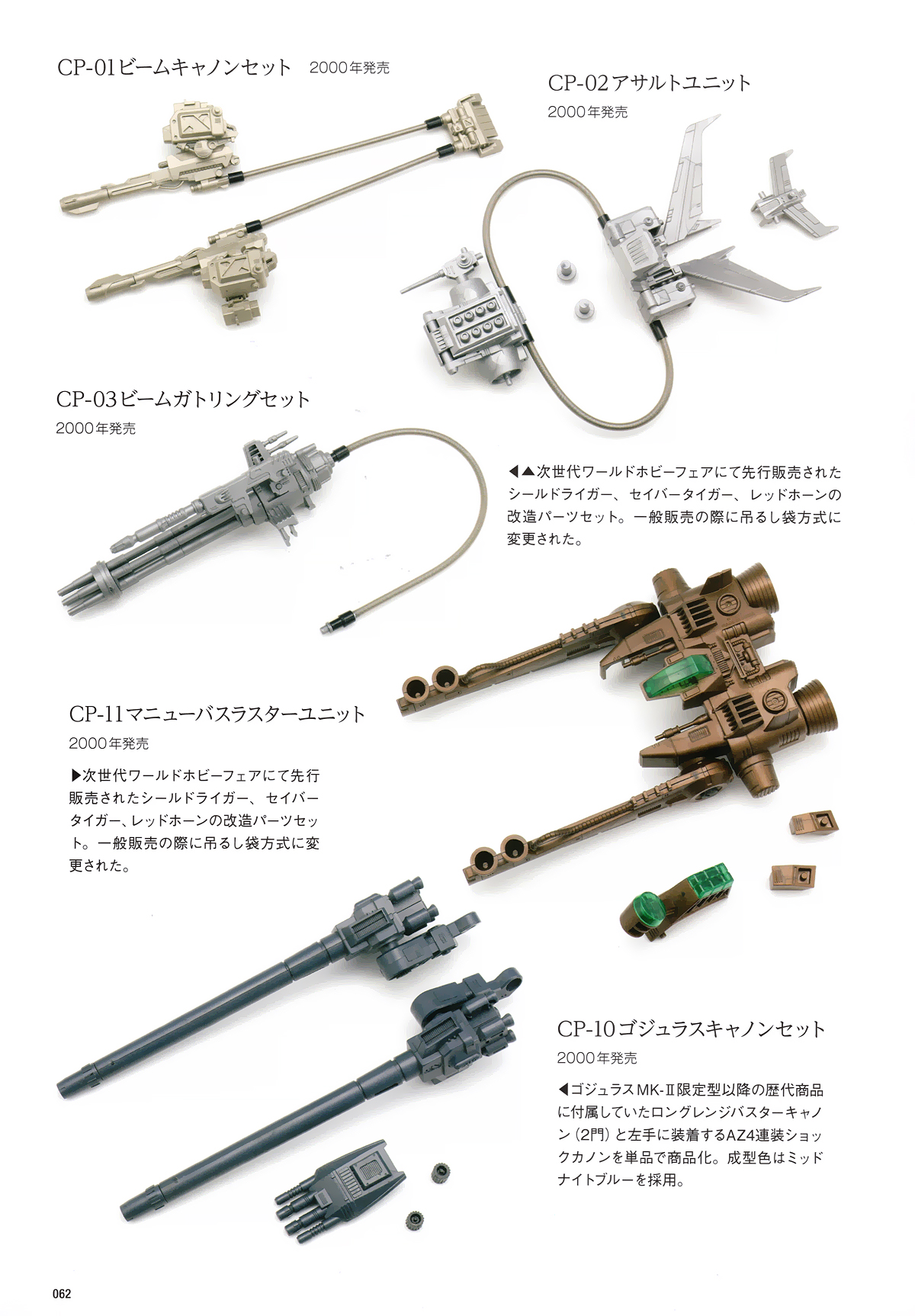
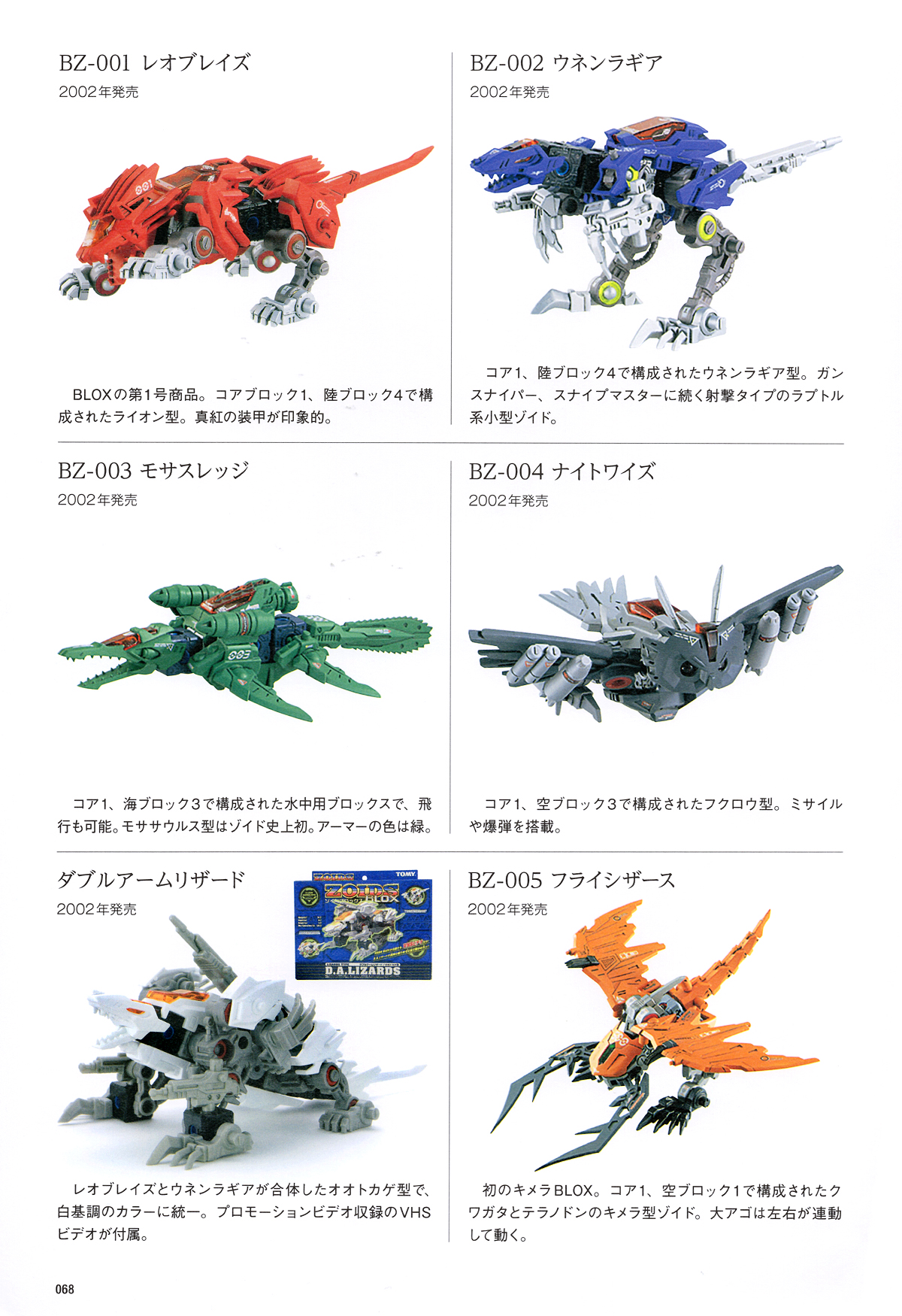
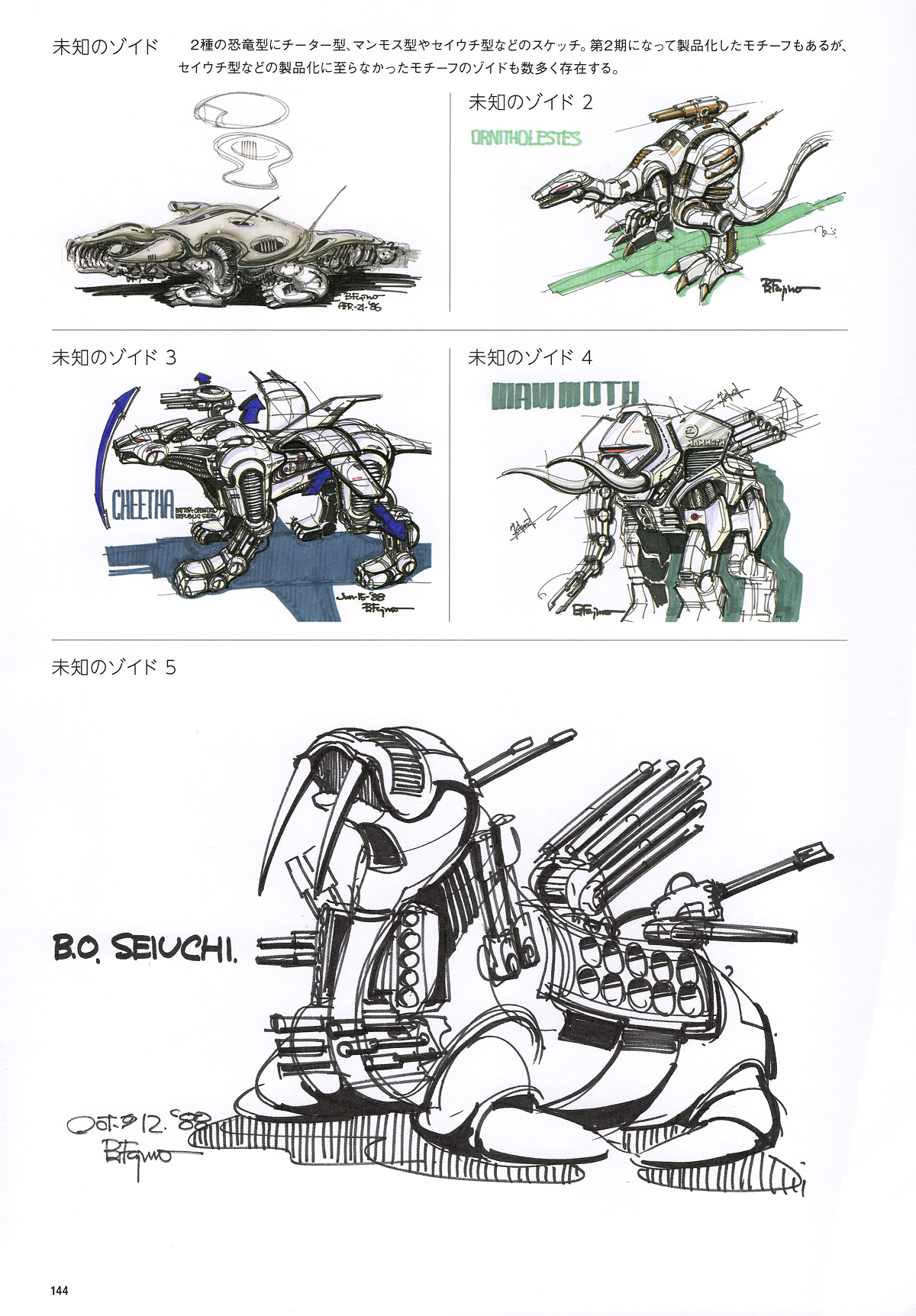
Right away you can see what you'll find in the book. Each pages has images of the various Zoids released, with a small info blurb beside them. This is where most of the controversy comes into play. I think a lot of people went in wanting something like the Official Fan Book stat tables and profiles, but I don't think that was feasible when including so many items. The book would need to be hundreds of pages more to cover the info of each Zoid included, and the price is already a sticking point for some people.
The other side of that coin, however, is that they can now afford to give priority to images printed with beautiful clarity, representing kits that are prohibitively expensive (sometimes in the literal thousands!) to obtain today. This is what made my heart flutter when I first opened the book. I feel that their editorial department also paid close attention to making sure that those super expensive Zoids (Salamander F2, Gojulas MK-II, Iron Kong MK-II, etc.) get nice clear images.
This is ultimately where I think people are going to fall in love with the book, if that's their thing. Many of these kits are decades old, and finding good images of them is hard. To prioritize having a good, clear, visible collection of products is such an important part of preserving history in a way that's easy to find and well organized.
Concept Art:
The concept art is another place where the book really shines. It has literally over 100 sketches, not counting ones that are part of the same image, such as alternate head views. I don't know if these have all even been published before. I might be wrong, but I think it might include some that didn't even appear at the Big Zoids Expo.
- So how complete is it?
Well, let's get this one out of the way. It's not complete. Far from it. Objectively, I don't think it ever could have been. I do think they could have adjusted their wording with their advertising though.Why isn't it complete?
There's so many kits, many of which have literally no solid info to go on (the NPR, for example) that a comprehensive list would be near impossible to make. Even if you slim it down, there's the issue of many 1-off limiteds, such as contest prizes. Did they keep one for themselves? Did it pass on to an employee? Do they know where it went, or is the only copy in the hands of a fan where it'd be inappropriate (and impossible) to contact them? If we slim it down even more, what's their budget look like? They probably don't have every product on hand. So, how much do they bankroll obtaining for the purpose of this magazine book?
I've been organizing Zoids info for years, and putting together solid info on Zoids is just... a nightmare. A single 1-sentence detail can be a 40 minute rabbit hole to figure out where it came from, whether or not it's fanon, and so on.
What IS in it, then?
If overseas content is the weakness (not covering the OER / NER, for example) domestic content is its strength. I'd say the main lineup of kits is pretty darn solid, spanning all the way from the OJR to the Anniversary kits. The main releases are well covered, and they cover a lot of the generic limiteds. Some whitebox kits and assorted magazine exclusives are missing. For the main lineup, though? Great representation.
There's (small) box art images for some kits, and other products are represented by either the box image (Geno Ritter, Command Wolf RGC) or the advertisements from the time (Yujin BLOX). Not many core products fall under this heading, so that semes... fine enough, honestly.
- Quality Issues?
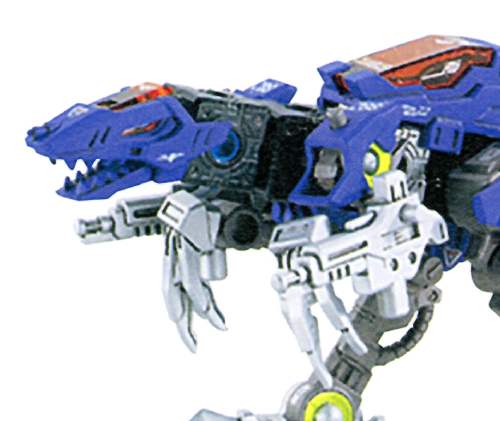 Another common complaint is the quality of images in the book, with people citing that they look like crappy, blurry box photo cutouts. Honestly, this isn't far off for some. I find it stands out most with Fuzors / BLOX and Yuji Kaida Zoids. The Yuji Kaida series is a shame, but most English-speaking fans don't care about BLOX / Fuzors anyway, so your mileage may vary. The vast majority of core motorized kits are in good quality (seen in the examples posted earlier.)
Another common complaint is the quality of images in the book, with people citing that they look like crappy, blurry box photo cutouts. Honestly, this isn't far off for some. I find it stands out most with Fuzors / BLOX and Yuji Kaida Zoids. The Yuji Kaida series is a shame, but most English-speaking fans don't care about BLOX / Fuzors anyway, so your mileage may vary. The vast majority of core motorized kits are in good quality (seen in the examples posted earlier.)
The blurriness is hard to see in a scaled down image, so here's a zoomed in example. You can see that the image is blurry and blobby (from upscaling?) I don't think it's going to stand out too much while casually flipping through the book.
- Final Thoughts
I think, in the end, if you're a fan of OJR kits and really want to see the core lineup represented, this book is going to appeal to you. If you're after lore, this isn't it. Don't forget, though, there's tons of concept art at the end that I think would appeal to many fans, regardless of their stance on the two above topics. The book is a valuable piece of history that brings preservable data to the modern Zoids fan when even simple print media from the beginning of the franchise has soared in price. It's a great archive, even if simple.
Again, you can buy this book over on Amazon Japan. You don't need a foreign payment method to use Amazon JP, you just need to make an account for it. No, your domestic Amazon Prime services such as free shipping won't apply to Amazon JP.







